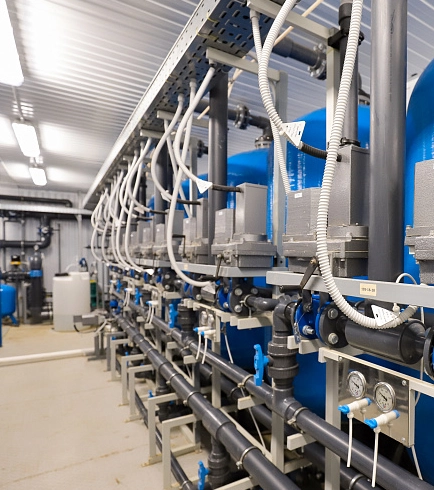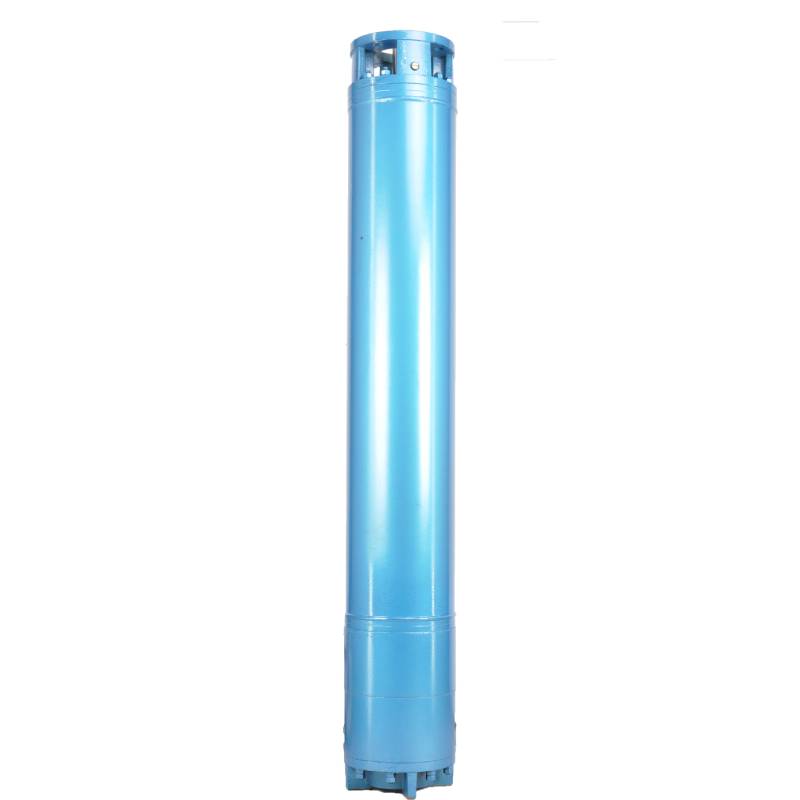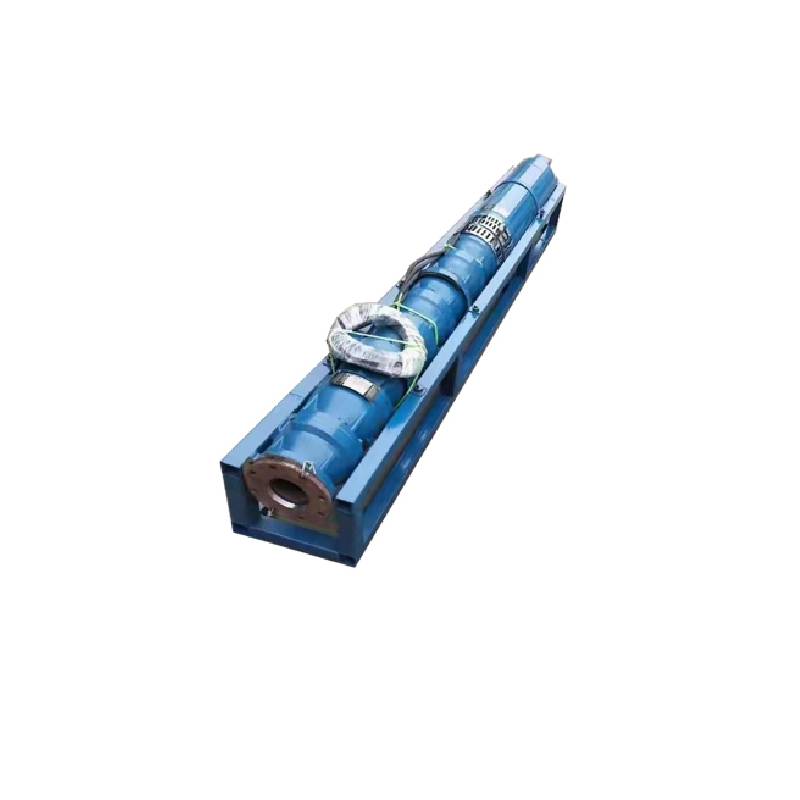Sep . 16, 2024 07:21 Back to list
How to Install a Submersible Well Pump
Installing a Submersible Well Pump A Step-by-Step Guide
Installing a submersible well pump can seem like a daunting task, but with the right tools and knowledge, it can be accomplished by most homeowners. Submersible pumps are designed to be submerged in water, making them ideal for deep well applications. This guide will walk you through the key steps involved in the installation process.
1. Gather Required Tools and Materials
Before you begin the installation, make sure you have all the necessary tools and materials. You will need
- A submersible well pump - Electrical wire (sized according to pump specifications) - A pump control box (if required) - Pipe fittings and PVC piping - A wrench set - A level - A shovel or post-hole digger - A well casing adapter - Safety equipment (gloves, goggles)
2. Choose the Right Location
Select a suitable location for your submersible well pump. Ensure that the area is dry and free from excess moisture. It’s also important to check local regulations to determine the appropriate distance away from septic systems and other potential contaminants.
3. Prepare the Well
Next, you will need to prepare your well for the pump installation. Remove any debris or obstructions from the well casing. If your well has a cap, carefully remove it to access the interior. This step is crucial as it ensures the pump can be accurately lowered into the well without any interference.
4. Assemble the Pump
Follow the manufacturer's instructions to assemble your submersible pump, including attaching the discharge head and any necessary fittings. Make sure all connections are tight and secure to prevent leaks. If your pump came with a built-in check valve, install it according to the provided guidelines.
installing a submersible well pump

5. Lower the Pump into the Well
Using a sturdy rope or a pull tape, lower the pump slowly and evenly into the well. Make sure to maintain a steady grip to prevent any abrupt jerking that could damage the pump or drop it. You may want to lower the pump to a depth recommended by the manufacturer, typically a few feet above the bottom of the well to prevent silt accumulation.
6. Connect the Electrical Wiring
Once the pump is in position, it’s time to make the electrical connections. Use the appropriate wiring gauge for your pump, and ensure all connections meet local electrical codes. It’s crucial to install a disconnect switch near the pump for safety and convenience. Always turn the power off before making any electrical connections.
7. Test the Pump
After wiring is complete, restore power and test the pump performance. Check for consistent and adequate water flow. Listen for unusual sounds indicating potential issues. If everything is operating smoothly, double-check all connections and secure any loose components.
8. Finalize the Installation
Install the well cap back onto the well casing, ensuring a tight seal to prevent contaminants from entering. Finally, check your plumbing connections to ensure no leaks are present, and make any necessary adjustments.
Conclusion
Installing a submersible well pump can enhance your water supply, provided it's done correctly. Following these steps will help ensure a successful installation. However, if you ever feel overwhelmed, it's always a good idea to consult with a professional. With the right care and attention, your submersible pump can serve you effectively for many years.
-
Reliable 4-inch Deep Well Submersible Pump for Constant Water
NewsSep.01,2025
-
175QJB Deep Well Submersible Pump: High-Efficiency & Reliable
NewsAug.31,2025
-
Efficient 250QJP Peep Well Submersible Pump for Deep Well Water
NewsAug.30,2025
-
Deep Well Pump Installation Guide: Reliable Submersible Pumps
NewsAug.29,2025
-
125QJR Deep Well Submersible Pump - High Performance & Reliable Water Supply
NewsAug.28,2025
-
Water Filled Submersible Pump
NewsAug.26,2025
-
 Reliable 4-inch Deep Well Submersible Pump for Constant WaterNeed a dependable 4-inch deep well submersible pump? Our high-efficiency models provide consistent water flow for residential, irrigation, and agricultural needs. Find the best deep well pumps for sale & ensure reliable water supply. Shop now!Detail
Reliable 4-inch Deep Well Submersible Pump for Constant WaterNeed a dependable 4-inch deep well submersible pump? Our high-efficiency models provide consistent water flow for residential, irrigation, and agricultural needs. Find the best deep well pumps for sale & ensure reliable water supply. Shop now!Detail -
 175QJB Deep Well Submersible Pump: High-Efficiency & ReliableAchieve reliable, high-efficiency water supply with our 175QJB Deep Well Submersible Pump. Perfect for agricultural irrigation, industrial water needs, and municipal use. Explore durable performance and inquire today!Detail
175QJB Deep Well Submersible Pump: High-Efficiency & ReliableAchieve reliable, high-efficiency water supply with our 175QJB Deep Well Submersible Pump. Perfect for agricultural irrigation, industrial water needs, and municipal use. Explore durable performance and inquire today!Detail -
 Efficient 250QJP Peep Well Submersible Pump for Deep Well WaterDiscover the powerful 250QJP Peep Well Submersible Pump. Engineered for high-efficiency and reliability, it's ideal for deep well water supply, industrial, and agricultural irrigation. Get consistent performance. Explore our range today!Detail
Efficient 250QJP Peep Well Submersible Pump for Deep Well WaterDiscover the powerful 250QJP Peep Well Submersible Pump. Engineered for high-efficiency and reliability, it's ideal for deep well water supply, industrial, and agricultural irrigation. Get consistent performance. Explore our range today!Detail
